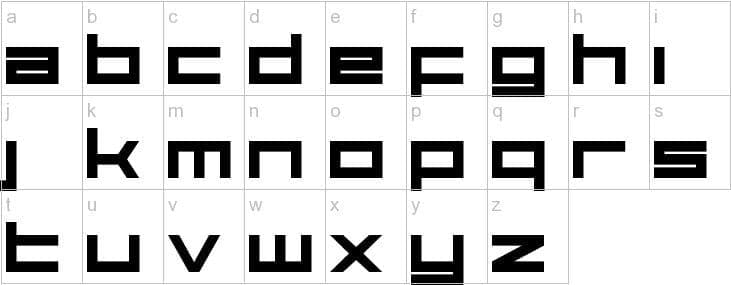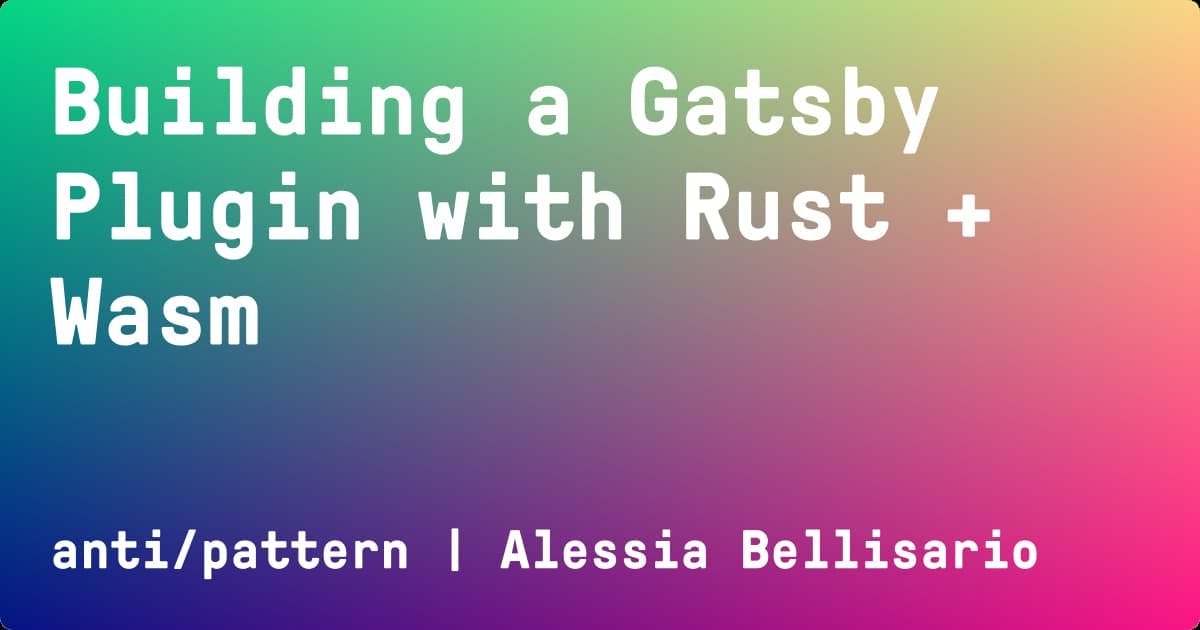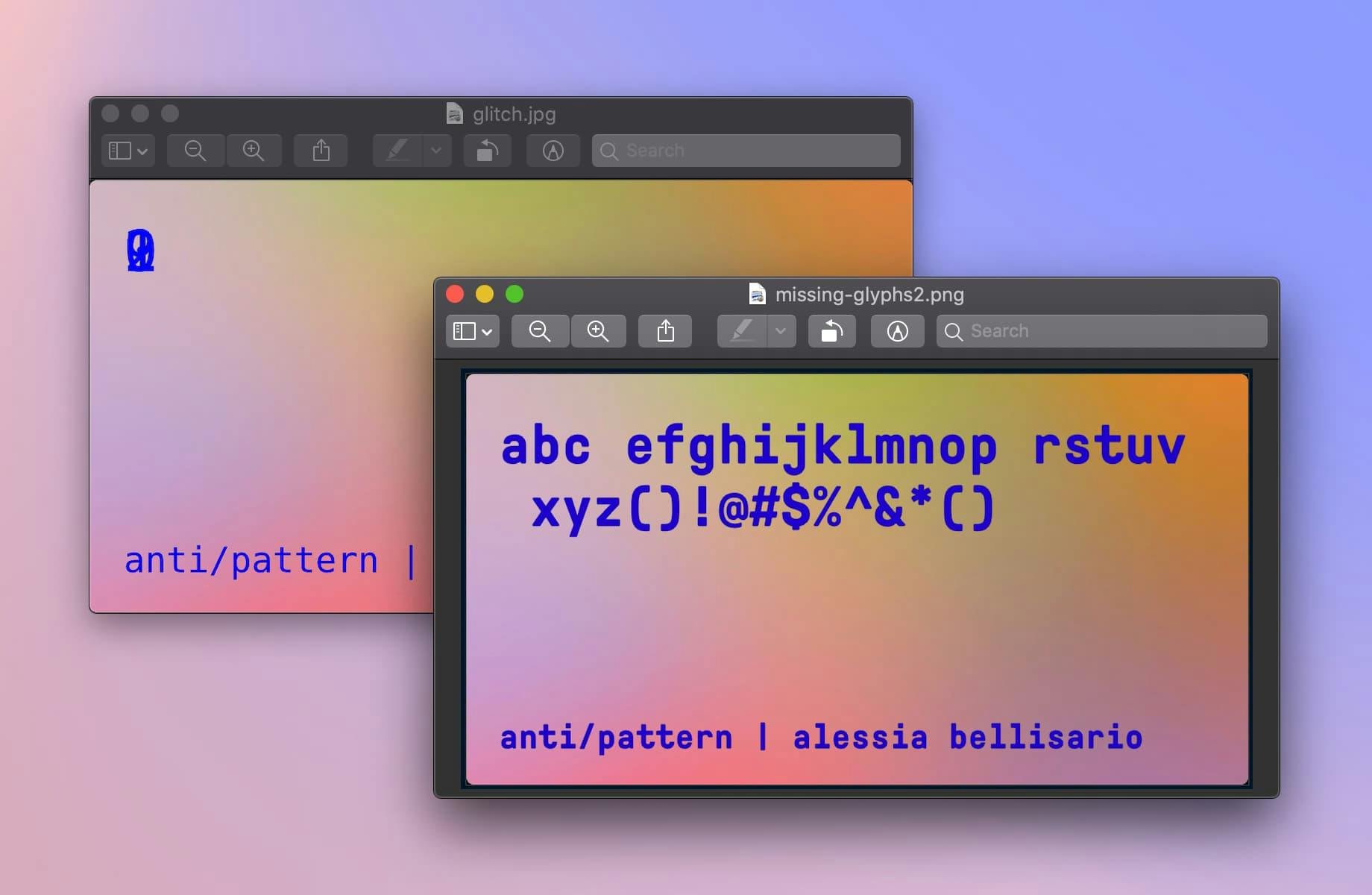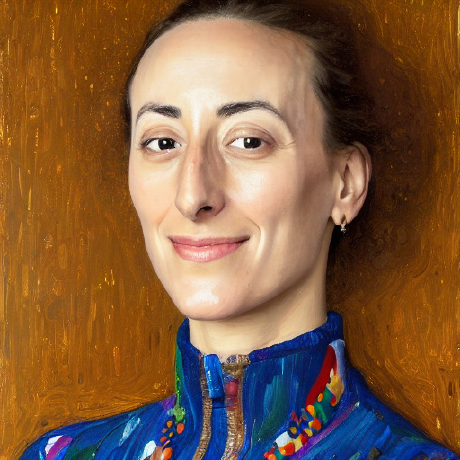Building a Gatsby Plugin with Wasm
Law of the Instrument: "I suppose it is tempting, if the only tool you have is a hammer, to treat everything as if it were a nail." - Abraham Maslow, 1966

The Problem
Back in August, I was looking to generate some Open Graph images for blog posts I was publishing to this very Gatsby site (as in the photos that appear when one of my posts is shared in most social apps). The idea is simple: take each post's metadata and create images containing some text (title, author, site name) at build time.
I had some requirements in mind: I wanted to supply a custom font, and if that wasn't possible, at least use a monospace font (for the personal #brand). A custom background image would be a bonus.
I couldn't find an existing solution that met these requirements, so I set out to build my own. Some interesting constraints led me to Rust and WebAssembly, though I also admittedly found myself holding a Rust-and-Wasm-shaped hammer after working with both technologies to build an interactive web app at RC.
Why WebAssembly?
The prior art for Open Graph image generator plugins in the Gatsby space consists mainly of gatsby-remark-social-cards. I came across some other approaches that involve writing bespoke code to achieve more complex layouts by rendering some HTML on the server and using Puppeteer to take screenshots, but these felt too heavy-handed for my use case.
After taking a look through the README, gatsby-remark-social-cards fit all my criteria except for the font (it only supports DejaVuSansCondensed). This is for a purely practical reason: the main library for image processing in Node.js with zero native dependencies is jimp. And jimp only supports bitmap fonts.
Bitmap Fonts

Bitmap fonts are comprised of a matrix of pixels, so they can't be scaled or styled like vector/"scalable" fonts (think TTF/OTF). In practice, this means a standalone font file is needed for every combination of font size, color and weight. Indeed, the plugin I was examining had a /fonts folder containing twenty different .fnt files for a single typeface styled twenty different ways 😲
Aside: Netlify Build Image
I generate this site with Netlify and its build image includes native dependencies graphicsmagick and imagemagick, so I could have used a Node library like gm to render text in the vector font of my choice. I didn't want one of my Gatsby plugin's dependencies to require native dependencies, however, even if it would work out of the box for me and other Netlify users.
Alas, I was back at square one: jimp + bitmap fonts. The thought of having to download a program to generate a bitmap font file for every text style I wanted to try was deeply unappealing, not to mention the lack of configurability for users of my plugin, the very problem that set me down this path in the first place... There had to be a better way™️ Which brings us back to Rust+WebAssembly.
Step 1: Write Rust
I've been learning Rust on and off over the past year, and while I'm familiar with many aspects of the language, though still a relative beginner, I knew exactly nothing about low level text layout when starting this project. I picked a crate (synonymous with "library" or "package" in other languages) that seemed to handle my use case called fonterator, grabbed the example code from the docs and used this template to spin up a Rust + Wasm project with wasm-pack.
The fonterator demo uses the crate to render some text in English and Korean and finally calls:
std::fs::write("out.png", out_data).expect("Failed to save image");std::fs::write is a function in the Rust standard library that writes to a file, as you'd expect. It saved out.png to my machine when I compiled and ran the Rust program locally 🎉
Rust → Wasm
The next step was to annotate my Rust function with #[wasm_bindgen], compile my Rust to WebAssembly and call the function via generated JavaScript interface from my Node script. Nothing else about my code was changing, and if all went well, I'd still get my out.png!
Not so fast:
Error: operation not supported on wasm yetOops. When compiling Rust for the wasm32-unknown-unknown target, the Rust standard library can only assume the WebAssembly instruction set, and since Wasm provides no means of doing I/O, these stubs are left to return errors in the standard library.
The Rust and WebAssembly book has a helpful section on how to add Wasm support to a general-purpose Rust crate. The first tip: avoid performing I/O directly 😀
Why is the target called
wasm32-unknown-unknown?wasm32means the address space is 32-bits large, the firstunknownrefers to the system the code is compiling on, and the second refers to the system being targeted:unknown-unknownimplies "compile on almost any machine, run on almost any machine."
Uint8Array All Day
Since I can't perform I/O from my Rust-generated Wasm, I'd have to pass in the font as a Uint8Array and return a Uint8Array buffer of rendered text. The Rust API I settled on looks like this:
#[wasm_bindgen]
pub fn generate_text(
title: &str,
author: &str,
title_font_size: i32,
subtitle_font_size: i32,
rgb: JsValue,
font_style: &str,
font_file: Uint8Array,
) -> Vec<u8> {
// ...
}generate_text takes the strings to be rendered and some config: font sizes, RGB value for text color passed in as a JsValue converted to a Rust tuple and either a string to set the font style using preselected open source fonts or a TTF font as Uint8Array. It then lays out the text, draws the glyphs to a dynamic image backed by a buffer of RGBA pixels and returns a Vec<u8> buffer of pixel data.
Publishing Wasm
Once you're done writing your Rust, publishing your Wasm couldn't be easier: the CLI wasm-pack generates the Wasm module, all the JS glue, TypeScript types and publishes to the npm registry 🤘 I blinked and had published wasm-twitter-card.
Putting It All Together
I could then require my Wasm module and call generate_text like any regular JS function. This is the meat of my Gatsby plugin gatsby-remark-twitter-cards: it uses fs.readFileSync to read a TTF font to a buffer passed to our Wasm code.
const Jimp = require('jimp')
const twitterCard = require('wasm-twitter-card')
// utility functions for reading/initializing jimp images
module.exports = ({ markdownNode }, config) => {
const fontToUint8Array = fs.readFileSync(require.resolve(config.fontFile))
const buffer = twitterCard.generate_text(
post.title,
// ...
fontToUint8Array,
)
return Promise.all([generateBackground(), writeTextToCard(buffer)])
.then(([base, text]) => base.composite(text, 0, 0))
.then((image) =>
image
.writeAsync(output)
.then(() => console.log('Generated Twitter Card: ', output))
.catch((err) => err),
)
.catch(console.error)
}I no longer needed to use bitmap fonts, but jimp was the perfect library to stitch everything together. I was amazed at how easy it was: I initialized a Jimp image for the card background from the user-provided image (or created one consisting of a solid color), then called my Wasm function and read the text as a buffer of pixel data into a second Jimp image. Finally, I'd composite the latter over the former, a one-liner with jimp, save the final image and voilà.

Once I saw the result, I was glad I had ventured down this particular rabbit hole!
Missing Glyphs
There were a few bumps along the road, mainly falling into the category of missing or incorrectly rendered glyphs:


After some head scratching, I chalked it up to a bug in fonterator and moved to rusttype as my underlying text rendering crate which fixed things (I would also realize I needed something like glyph_brush_layout to handle layout/text wrapping). I still don't know exactly what the issue with fonterator was, but I received the following thoughtful comment from the folks at the font editor FontForge via Twitter:
I would check the directionality of the glyphs in your image. I noticed that "b" and "p" are OK, yet "d" and "q" are not. I think the problem is that splines which should be clockwise are counter, and those which should be counter are clockwise. Try e.g. "Correct Direction".
I still lack some context here, but I'd love to dig in and try to find the fix. If anyone has any ideas, let me know!
Conclusion
This was a fun and unexpected introduction to solving a real world problem with emerging tech I remain fascinated by.
A few takeaways:
- The partially self-imposed constraints made this more fun! A native dependency-free solution was in the cards after all thanks to WebAssembly.
- The complexity that underlies rendering 2D text to screens is humbling once you scratch the surface. It's too often and too easily taken for granted.
- Rust is a vast language that has introduced me to many new concepts, chief among them the ownership model of memory management. There is a dauntingly long list of language features I have yet to master (lifetimes! turbofish! 😉), but I don't need to master them all to start writing Rust. I can start with the parts I need, and go from there.
